Lesson 1:
IMMIGRATION, SETTLEMENT AND
ASPIRATION
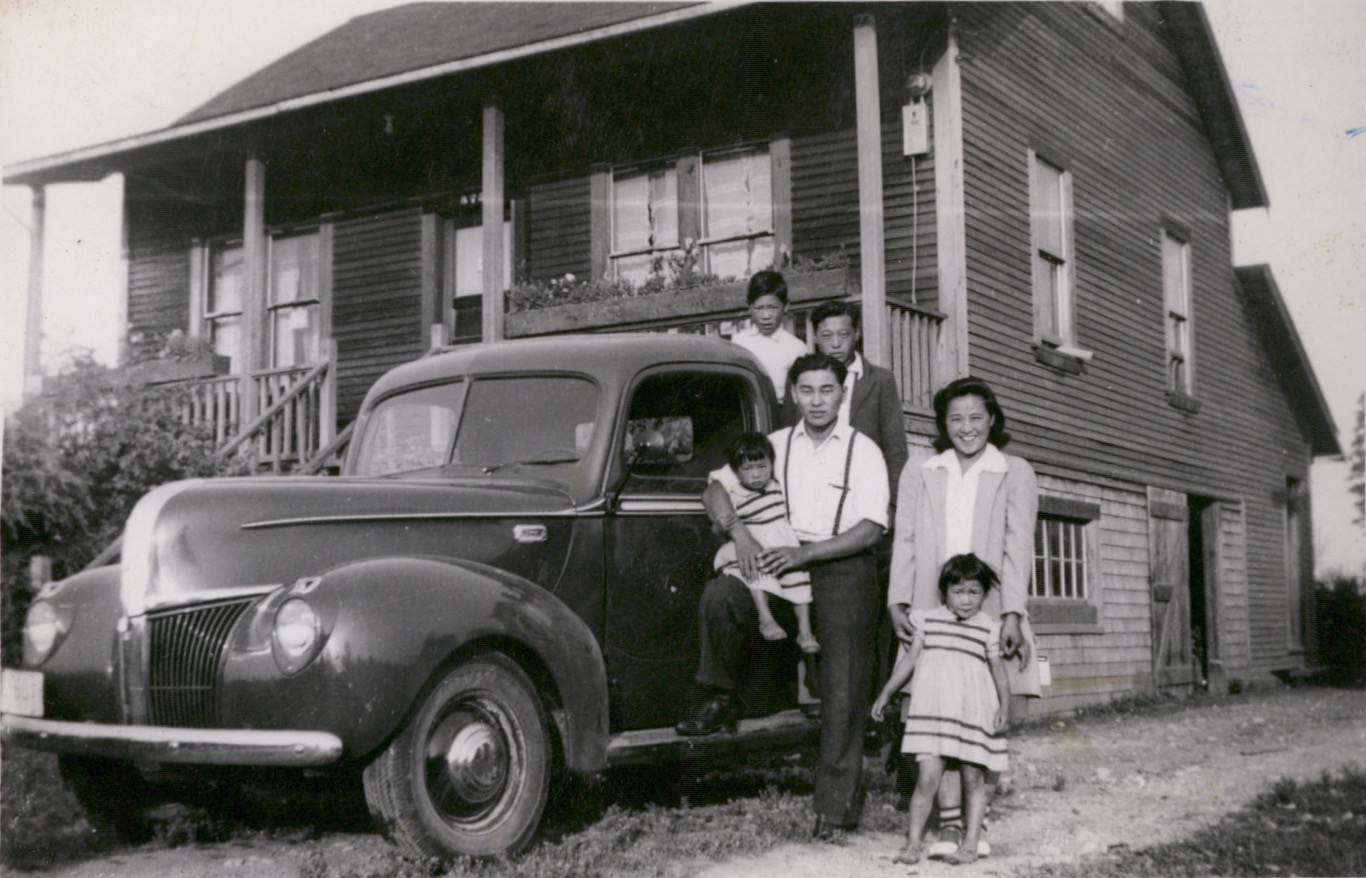 Scroll down
Scroll down
Intro Story: The Ebisuzaki and Morishita Families
Visit our Timeline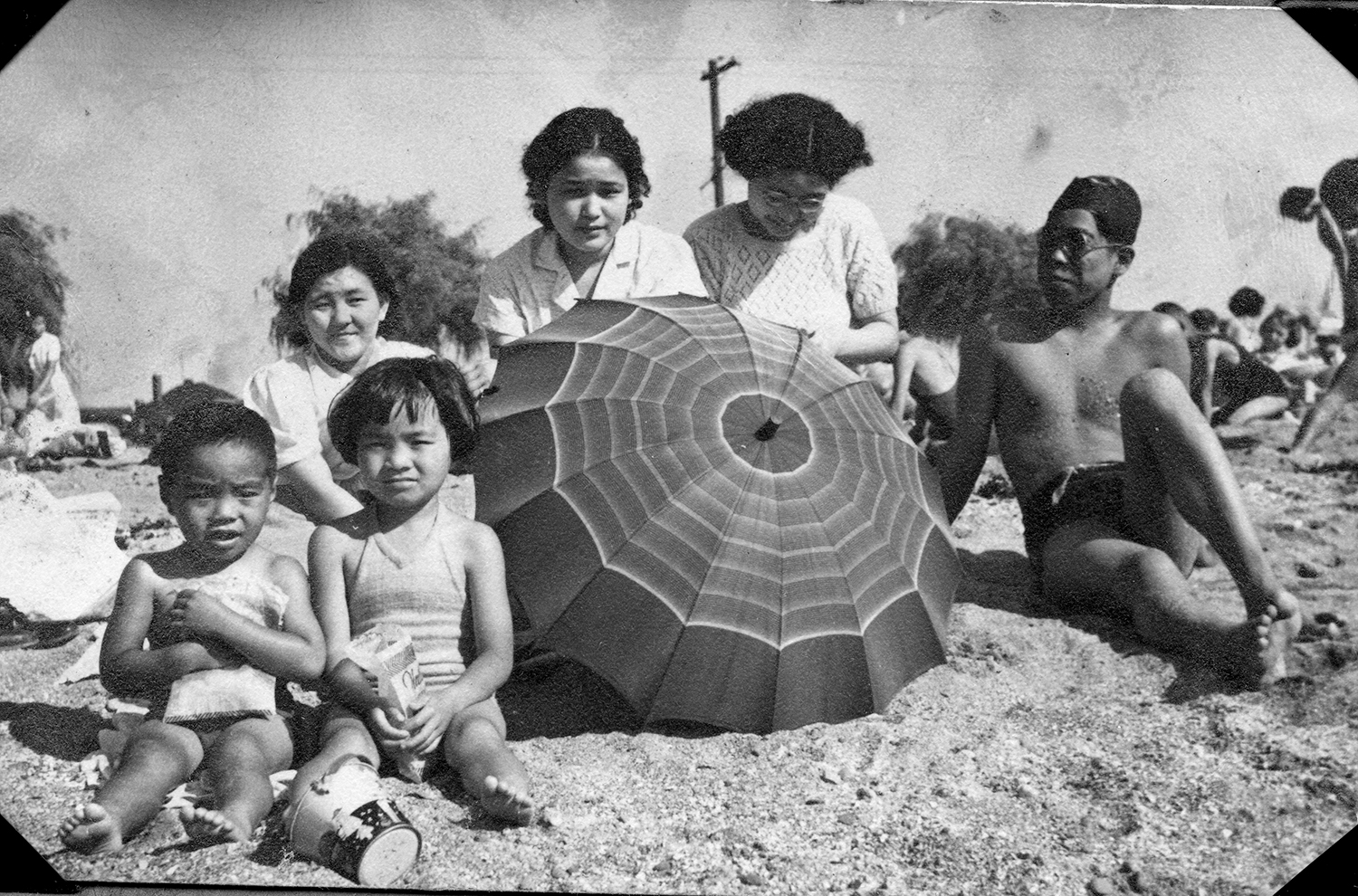
The Ebisuzaki and Morishita families founded the Ebisuzaki Shōten (store) in 1909. It was a joint venture, owned by Masatarō Ebisuzaki and Hide Morishita. The location was ideal, right at the heart of the largest Japanese Canadian neighbourhood on Powell Street in Vancouver.
In 1920, Hide’s younger brother, Teiji, came to Canada to help out with the business. Soon, he became part owner of the store. Together, he and the family built a thriving business.
The Ebisuzaki Shōten sold an impressive selection of Japanese merchandise to a network of customers across southern British Columbia. The store’s motto was ‘thin profit and thick trust,’ and with this guiding principle they served the community.
The two families also shared a home. Teiji’s wife, Sawa, looked after the household and cared for the children. The other adult family members ran the store. By pooling resources, the two families built lives in Canada.
These collective efforts paid off. By 1942 they owned a house and four cars. The children had fancy clothes, records, and dolls. Nancy Morishita took dance lessons, and Kōjirō Ebisuzaki went skiing. Every year, Masatarō, Hide, and Teiji gave hundreds of dollars of personalized gifts to their cherished regular customers. They became part of Canada’s emergent middle class.
The Lesson
Lesson Overview
Allotted Time: 2 PERIODSThis lesson sets the social, economic, and geographic context for the growth of Japanese Canadian communities in British Columbia. Students begin by thinking about the factors that influence people to emigrate. We will then investigate where and why Japanese immigrants settled in British Columbia. The lesson will conclude with an exploration of the diverse and rich activities pursued by Japanese Canadians who had businesses in the Powell Street area of Vancouver.
Access this lesson online by selecting an Activity from below, or print this lesson package in full by clicking here.
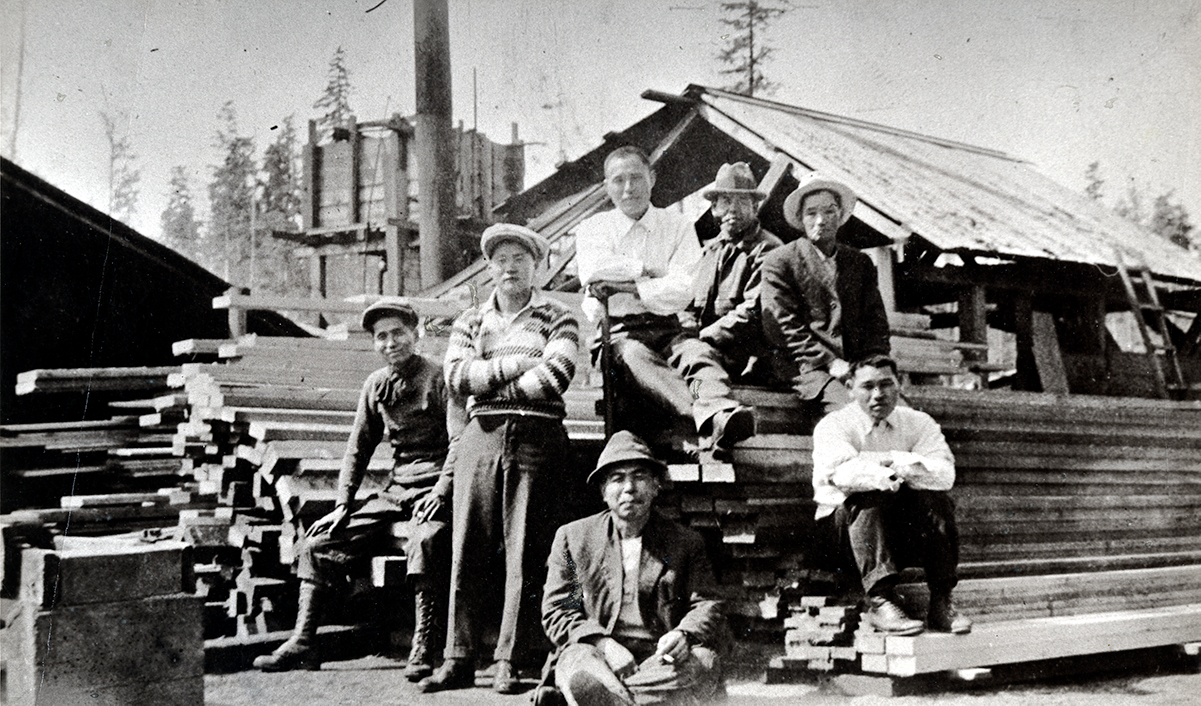
Focus Question
Where did Japanese immigrants settle in British Columbia and which economic activities supported the growth of their communities?
Targeted Learning
- Examine the push-pull factors of migration and motivations for Japanese migration to Canada
- Geographical Thinking Competencies – Patterns and Trends and Interrelationships
- Examine communities and their activities from selected locations: Powell St., Steveston, the Fraser Valley, etc.
- Examine the environmental, economic, political, and social context of settlement
- Understand the depth and diversity of experience lived by Japanese migrants in the early part of the 20th century
Activities

Iceberg Activity
This activity will introduce students to the concept of migration. Here we examine the factors which influence emigration. These factors are commonly considered as push or pull factors. Economic opportunities can pull people in while issues like scarcity of property and political strife might push people out or create displacement. The iceberg activity is designed to not only have students consider the more obvious or visible reason for immigration, but to also understand that there are less obvious reasons that compel people to migrate. Like an iceberg, these are often significant but less visible.
Iceberg activity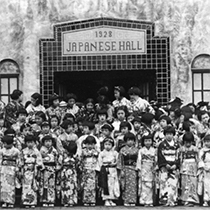
Information Gap Activity
Students will explore the question of why Japanese migrants came to Canada and where they settled. Students examine primary and secondary sources as they investigate questions about the factors which influenced the settlement and growth of Japanese Canadian communities in British Columbia.
Information Gap Activity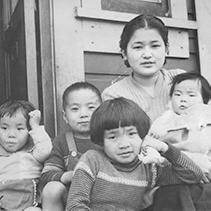
Postcards from B.C. Activity
In the culminating activity for this lesson, students assume the role of a traveller visiting a family in pre - war British Columbia. Students will send a postcard home describing community life as they would have experienced it in the 1930s. Students will use images, maps, and detailed descriptions from Japanese Canadian families from the period. The property cards provide a glimpse into the Japanese Canadian community across the province of B.C. during the late 1930s.
Postcards from B.C. ActivityEvaluation
Assessment will be left to the individual instructor and may incorporate the assessment rubrics provided with this resource.
Sources
- Source 1.1 Lumber Mill, Vancouver Island
- Source 1.2 Dry Cleaners, Vancouver
- Source 1.3 Berry Farm, Fraser Valley
- Source 1.4 Fishing Boats, Steveston
- Source 1.5 Judo Group, Powell St., Vancouver
- Source 1.6 Royal Visit Parade, Powell St., Vancouver
- Source 1.7 Asahi Baseball Game, Oppenheimer Park, Vancouver
- Source 1.8 Fuji Chop Suey, Vancouver
- Source 1.9 Japanese Untied Church, Vancouver
- Source 1.10 Japanese Fishermen’s Hospital, Steveston
- Source 1.11 Property Ownership – Maple Ridge, B.C.
- Source 1.12 Vancouver Japanese Hall and Japanese Language School
- Source 1.13 The Kumano Family – 203 Powell St.
- Source 1.14 The Shimotakahara Family – 210 Powell St.
- Source 1.15 The Maikawa Family – 314 Powell St.
- Source 1.16 The Morishita and Ebisuzaki Families – 337 Powell St.
- Source 1.17 The Tagashira Family – 679 Cordova St.
- Source 1.18 The Kagetsu Family – 2867 West 37th Ave.
- Source 1.19 The Atagi Family – Steveston, B.C.
- Source 1.20 The Murakami Family – Salt Spring Island, B.C.
- Source 1.21 The Hashizume Family – Mission, B.C.
- Source 1.22 The Shimizu and Nishikaze Families – Prince Rupert, B.C.
